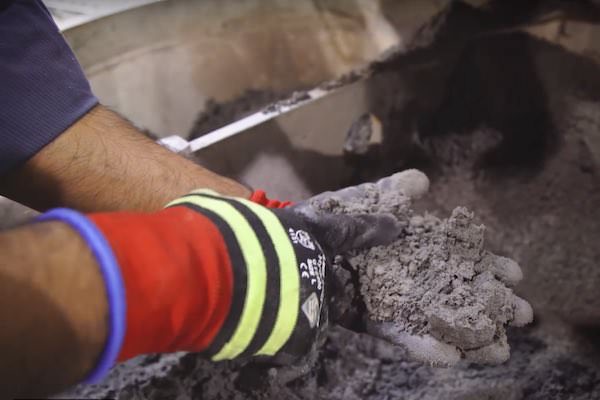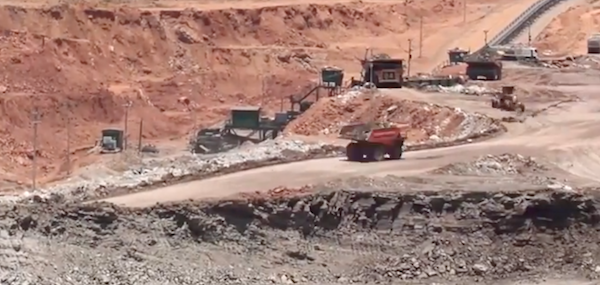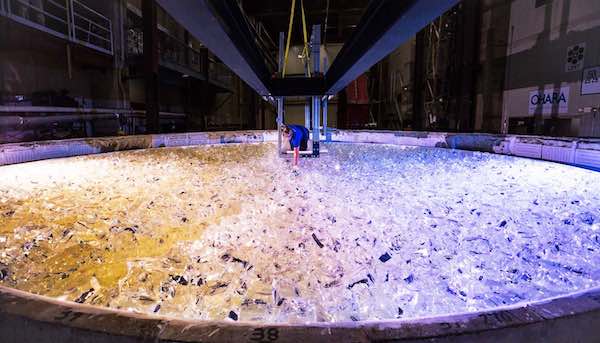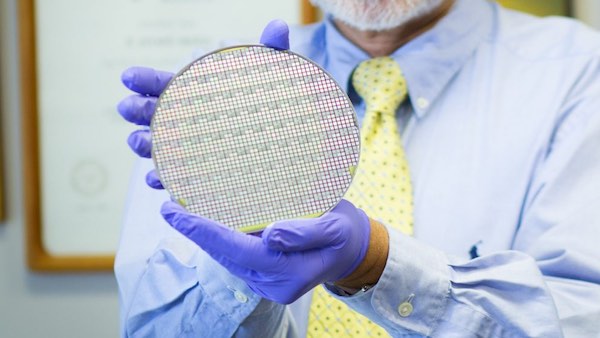A team of scientists from Texas A&M University has developed an aqueous deposition technique to build flexible MXene thin films that could enable new possibilities for future flexible electronics.
Read MoreResearchers at Northwestern University have developed a high-efficiency protonic ceramic fuel cell that operates at mid-range temperatures; and researchers at the University of Wisconsin–Madison are harnessing the power of computation to identify better materials for solid oxide fuel cells.
Read MoreDespite its material strength, concrete’s weakness is its huge carbon footprint. New methods are emerging to process wood into a high-performance structural building material that could someday take concrete’s place in buildings and beyond.
Read MoreSolidia Technologies is founded on the concept of using eco-friendly processing techniques to drastically lower the carbon footprint of concrete—watch this video to see how the company makes its carbon-dioxide-absorbing concrete blocks.
Read MoreA collaboration between the U.S. Department of Energy, academia, and business has resulted in the discovery of high concentrations of rare-earth elements in several U.S. coal basins. The success of this discovery could eventually reduce the U.S.’s dependence on imported rare earths.
Read MoreResearchers at San Diego State University have developed a flash spark plasma sintering technique that can densify all kinds of materials, regardless of their electrical conductivity, in a matter of just seconds.
Read MoreThe Giant Magellan Telescope, when completed and operational in 2023, will be the world’s largest telescope—but to build a giant, incredible telescope, you first need to build giant, incredible mirrors. And that process is currently underway at the Richard F. Caris Mirror Lab at the University of Arizona.
Read MoreAn article recently published in The Economist science and technology section takes on a technology that most people look at everyday, yet hardly ever notice—glass.
Read More









